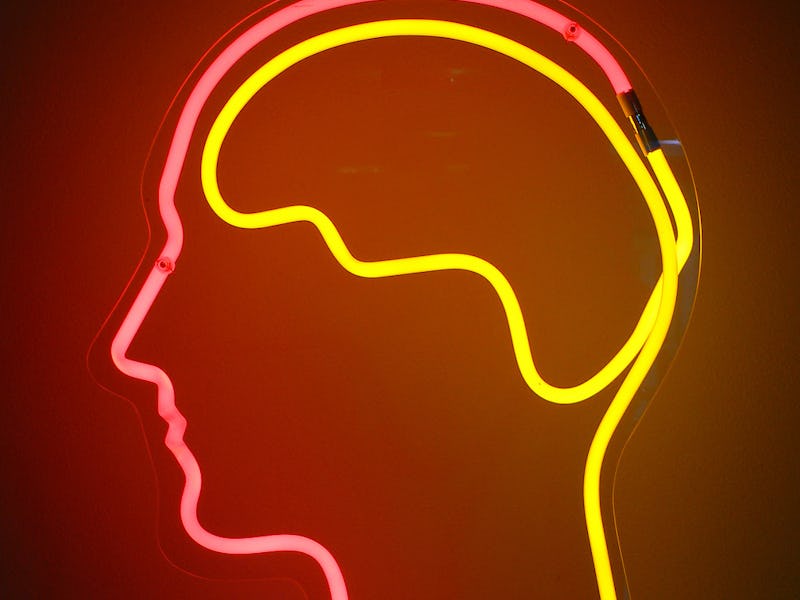Scientists Discover There's No Such Thing As a Male or Female Brain
A new study finds that the human brain is a mosaic of "male" and "female" features, calling the traditional binary gender model into question.

For better or for worse, society has been shaped by the distinctions we’ve drawn between the male and female brain. Many parents believe men are better at math, so sons are pushed toward careers in science and engineering. Daughters, believed to be better at multitasking, wind up in administrative roles. But there’s increasingly more research showing that those sex-based inclinations simply don’t exist. And now, a new study provides evidence that the brain itself doesn’t differ between males and females.
Our black-and-white beliefs about gender, the researchers suggest, are grossly oversimplified.
In the study, published this week in Proceedings of the National Academy of Sciences, researchers looked for broad size and connectivity differences in the brain scans of 1,400 adult self-identified males and females, identifying 29 areas with seemingly gender-specific features.
But when they looked more closely at each individual scan, they weren’t able to find brains that were consistently “male” or “female.” Instead, they discovered that the human brain is actually a “mosaic” of male and female features. Acknowledging that gendered behaviors do exist, the authors concluded:
“Our results demonstrate that regardless of the cause of observed sex/gender differences in brain and behavior (nature or nurture), human brains cannot be categorized into two distinct classes: male brain/female brain.”
Their findings are in direct contrast to the results of a 2014 study in Neuroscience and Behavioral Reviews that reported clear sex differences in the sizes of brain regions. Focusing on areas like the amygdala and hippocampus, the researchers suggested that the sex differences were linked to gender-biased psychiatric conditions like autism in males and anxiety disorder in females.
By providing evidence that the sizes of those brain regions don’t consistently differ between males and females, the PNAS study takes down the old two-gender hypothesis and proposes a more gender-fluid paradigm in its stead.
Biologically speaking, it makes perfect sense. But it’s also no guarantee that the concepts of “male” and “female” will ever be truly dissolved. After all, anatomy alone isn’t the only factor that determines gender.
As the authors pointed out, “nurture” plays as much a role as “nature.” In other words, our expectations have as much to do with gender as the structure of our brains.